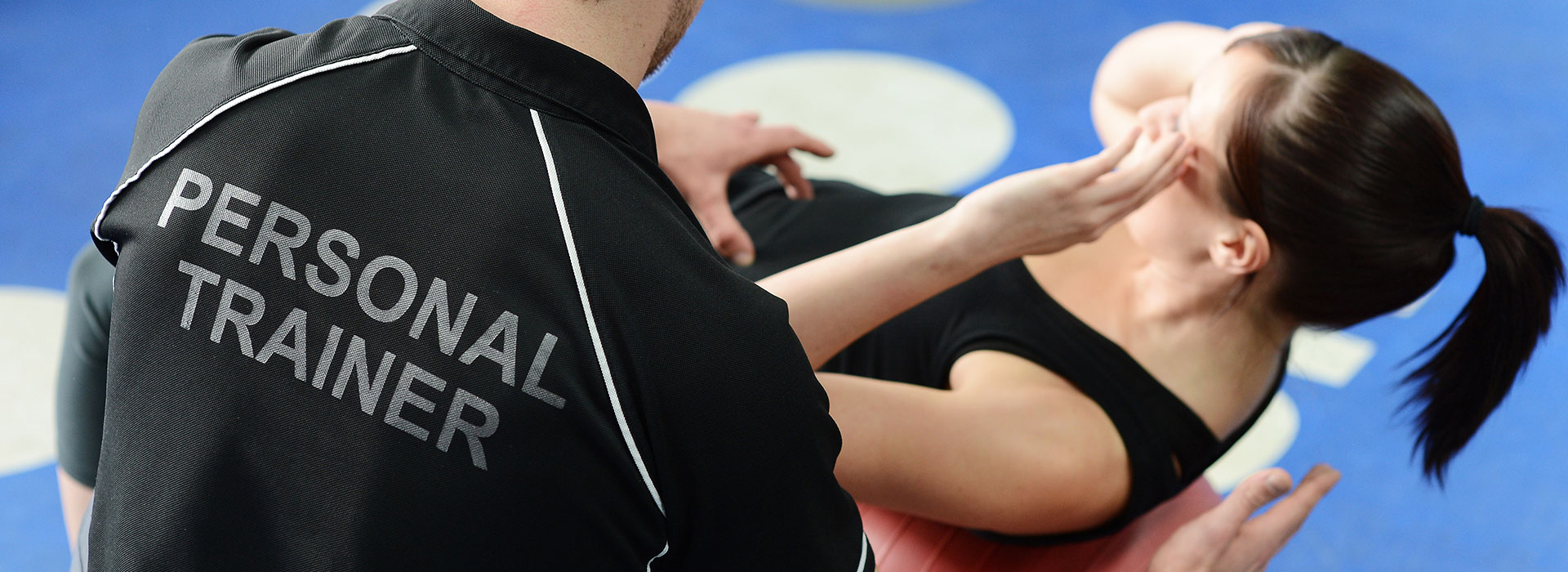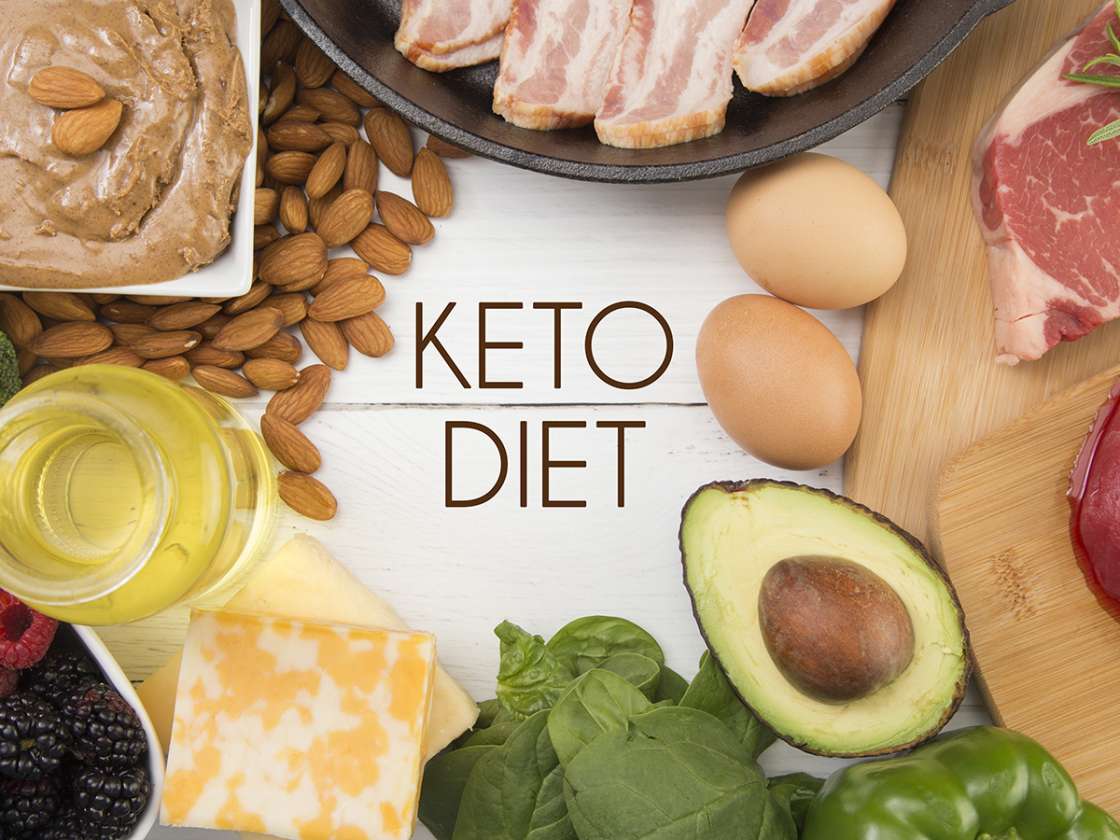Is Your Instructor Qualified?
With the emergence of fitness in pop culture, many new health studios have cropped up, giving fitness savvy people too many options to choose from. While it seems to a boon on the outside, there are more cons to it than the pros. First it is imperative for a fitness centre to have ample ventilation and a design that is conducive for a group workout. At any cost, studios in the basement or without proper air exhaust mechanisms should be avoided. Second and the paramount, is to know if your instructor is well equipped, or in simpler words qualified enough to be your trainer. Our joints and muscles are meant to move and function in a certain way, the study of which is known as the physiology of the anatomy. Any range of motion other than the permissible limit for a particular joint may result in an injury or even disc herniation (spine) in worst cases. Similarly, putting too much pressure on a muscle while stretching or lifting a weight may cause rupture of a tendon/cartilage. An amateur or an uneducated instructor may cause more harm than good to your body. Simply put, our bodies respond to progressive overload of muscles, which means you start from a basic load to your muscles and work it up as your endurance and strength increases. Also, the trainer must be able to gauge if you have any postural imbalances that may hamper doing some exercises. For e.g. anyone with a protruding disc (most common these days due to improper posture) should not bend forward for the first few weeks of the workout until its rehabilitation exercises are complete, so that it returns to its stock position.
Now comes the important question, how to know if your instructor is qualified or not? There are a glut of certifications that have cropped up today owing to the boom in fitness industry. But only a handful of them are worthy enough like ACE (American Council on Exercise), ACSM (American College of Sports Medicine), NASM(National Academy of Sports Medicine), MDNIY(Morarji Desai National Institute Of Yoga).Furthermore a simpler way is to ask pertinent questions about your injuries/weaknesses to your instructor, his/her response will be enough to know if he knows his/her trade or not. For the same reason it is advisable to be a bit more knowledgeable about the functionality of the body as well, not just blindly following any trainer.
Any good fitness centre should boast of fitness professionals that are accredited with the aforesaid certifications and motivate you to shed the extra kilos and become leaner, meaner & fitter in the healthiest of ways.



